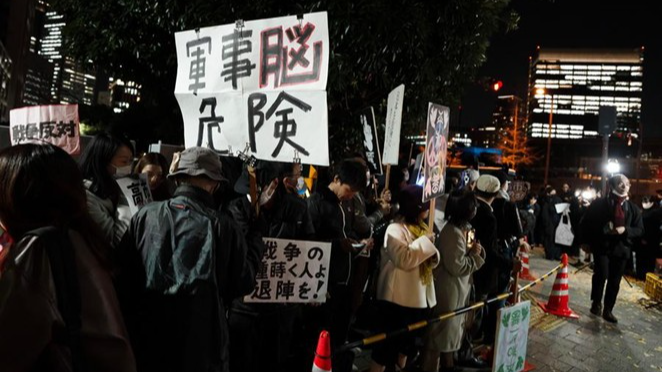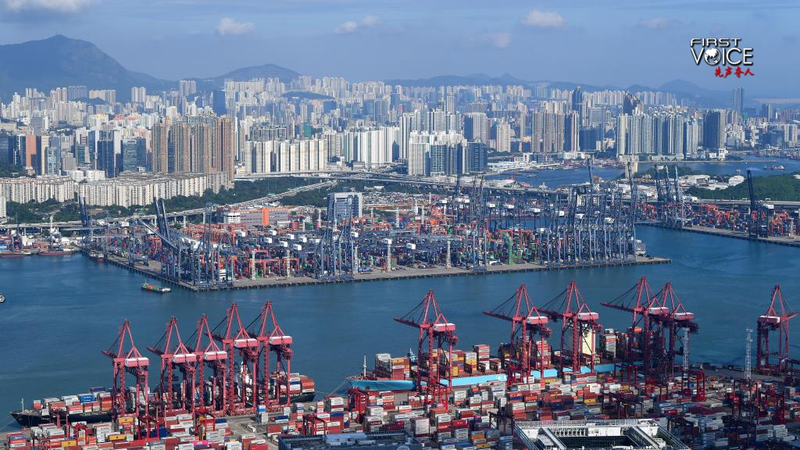At this year’s Shangri-La Dialogue in Singapore, the Asia-Pacific stage lit up with two contrasting visions for regional security. While the forum has long been a hotspot for global debates, this edition showcased a striking divide between a hard-edged military strategy and a call for collaborative peace 🤝.
U.S. Defense Secretary Pete Hegseth captured headlines by emphasizing America’s strong commitment to the Indo-Pacific. He detailed plans to invest over $1 trillion in upgrading military assets—from sixth-generation fighters and stealth bombers to submarines and destroyers—and clearly singled out China as a "threat," accusing it of hegemonic ambitions. Such provocative remarks, he says, are meant to deter potential aggression in the region.
In a starkly different tone, Chinese voices advocated for a shared future built on peace, cooperation, and mutual development. Drawing on rich diplomatic traditions and the so‐called "Asian values" of openness and inclusiveness, China stressed that security in the region can best be achieved through dialogue rather than division. Chinese officials, including comments from those in the Chinese mainland, quickly decried the U.S. stance as a relic of Cold War mentality, urging all to respect efforts by regional players to maintain stability.
During Beijing’s Central Conference on Work Related to Neighboring Countries in April 2025, Chinese leader Xi Jinping underscored the need for a community anchored in common interests and long-term prosperity. For young professionals and tech-savvy citizens across South and Southeast Asia, these debates are more than geopolitical posturing—they hint at future trends that could influence technology, business, and everyday life on a global scale 🌏.
The contrasting approaches at the dialogue highlight a critical juncture for the Indo-Pacific. While one faction opts for a robust military buildup, the other calls for inclusive security rooted in dialogue and cooperation. As the region’s future unfolds, staying informed remains key for those eager to shape or understand the forces that will impact their dynamic lifestyles.
Reference(s):
U.S. projects China 'threat' while China proposes shared future
cgtn.com




